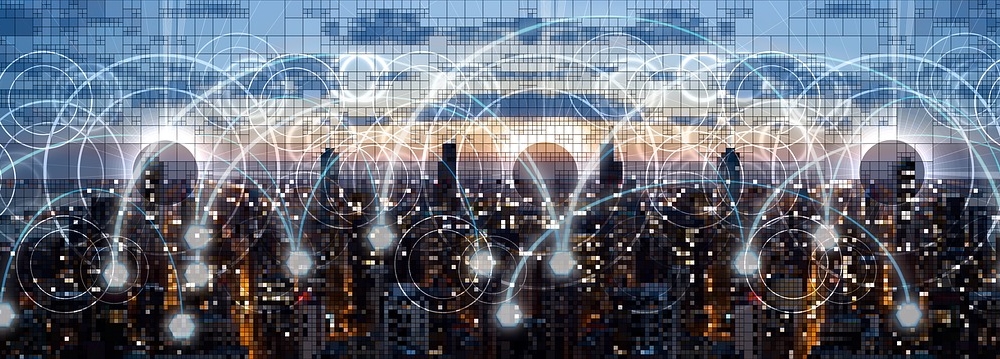
While urban planners invest millions of dollars in new technologies to help cities run more smoothly and efficiently, the truth is, you probably don't even notice them. What you would notice, however, is if they ever broke down. Which is also what smart technology helps prevent from happening. From metering the flow of traffic to dimming the lights in unused areas, smart cities are not just more efficient, they are more energy efficient. Here are 4 ways that technology is making cities smarter and more efficient.
Home energy consumption
You may not think much about where all the natural gas that heats our cities comes from, but the truth is, your city buys it from natural gas suppliers. Like all commercial endeavors, the more closely supply meets demand, the more economically the service can be offered. Smart home technology is actually helping cities better estimate the exact needs of each and every home by feeding usage information directly to utility companies. At one time utility companies knew how much electricity and natural gas you used each month, now they know exactly how much you use every hour and at what temperature. For instance, they can calculate the difference with amazing accuracy between how much natural gas will be consumed if the temperature is 10 degrees versus how much will be consumed when the temperature hits 40 degrees.
Transportation
It is estimated that Americans spend roughly 20 minutes each day driving around urban areas looking for parking. That adds up to a lot of emissions. Smart parking meters work with apps to tell you exactly where parking is available. Public transportation is now equipped with GPS to tell you exactly when your bus or train is coming and cities are even helping facilitate car share services to help cut down even further on traffic. While autonomous cars may still be a decade or more away from mass usage, city planners are already making plans for creating an even more efficient roadway system. Much like driving around looking for parking, the time that cars spend idling at a stoplight also significantly increases greenhouses gasses. With the rise in smart cars and autonomous vehicles, stoplights may soon be a thing of the past. Smart cars are capable of communication with a central control system that meters the traffic, allowing cars to pass through in individual "slots." Rather than multiple cars waiting through several minutes of stoplights, individual cars may wait only a few seconds at intersections.
Street lights
You may not think about all the energy consumed by thousands and thousands of streetlights in any given city, but they consume an enormous amount of energy and your tax dollars. For several years now, the city of Los Angeles has slowly been upgrading to energy efficient LED lights and now boasts roughly 50,000 smart street lights with another 110,000 planned upgrades within the next few years. These upgrades have reportedly saved the city $8 million a year by cutting energy consumption by 60%. Not only do smart street lights help save on maintenance and repair costs by "self reporting' when one goes out, but the city can also brighten and dim them remotely according to need. Like all technologies, as demand increases, costs will go down and small towns in Iowa or Nebraska may soon be installing the same technology.
It's not hard to understand how major metropolitan areas like New York, LA, San Fransisco or Chicago can benefit from smart technology, but even the smallest towns can as well. The same way that smart technology was once the purview of the wealthy and elite, it is now making its way into even the most modest apartment homes. The same is true of smart city technology. The time may not be far off when even rural farm workers may summon an autonomous vehicle to drive them into town.
About the author: In 2010 Ashley Hicks graduated from the New York School of Design and moved to Austin, TX. Since moving to Dallas, she married her sweetheart, started a family, and founded a company for interior design. She enjoys writing about design, homes, and family life. To read some of her other writing, visit http://hickshomeanddeisgn.strikingly.com.
Edited by
Ken Briodagh





